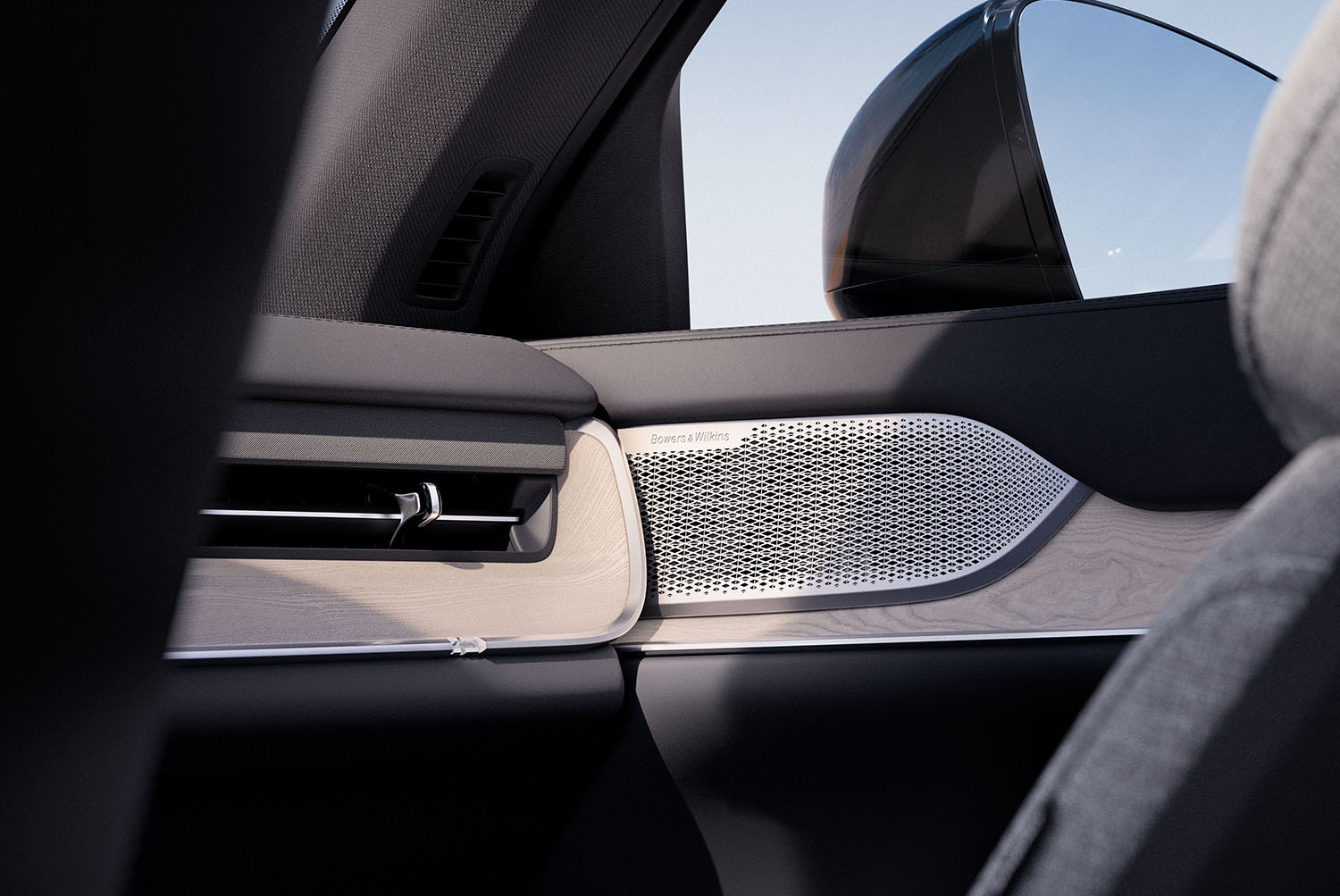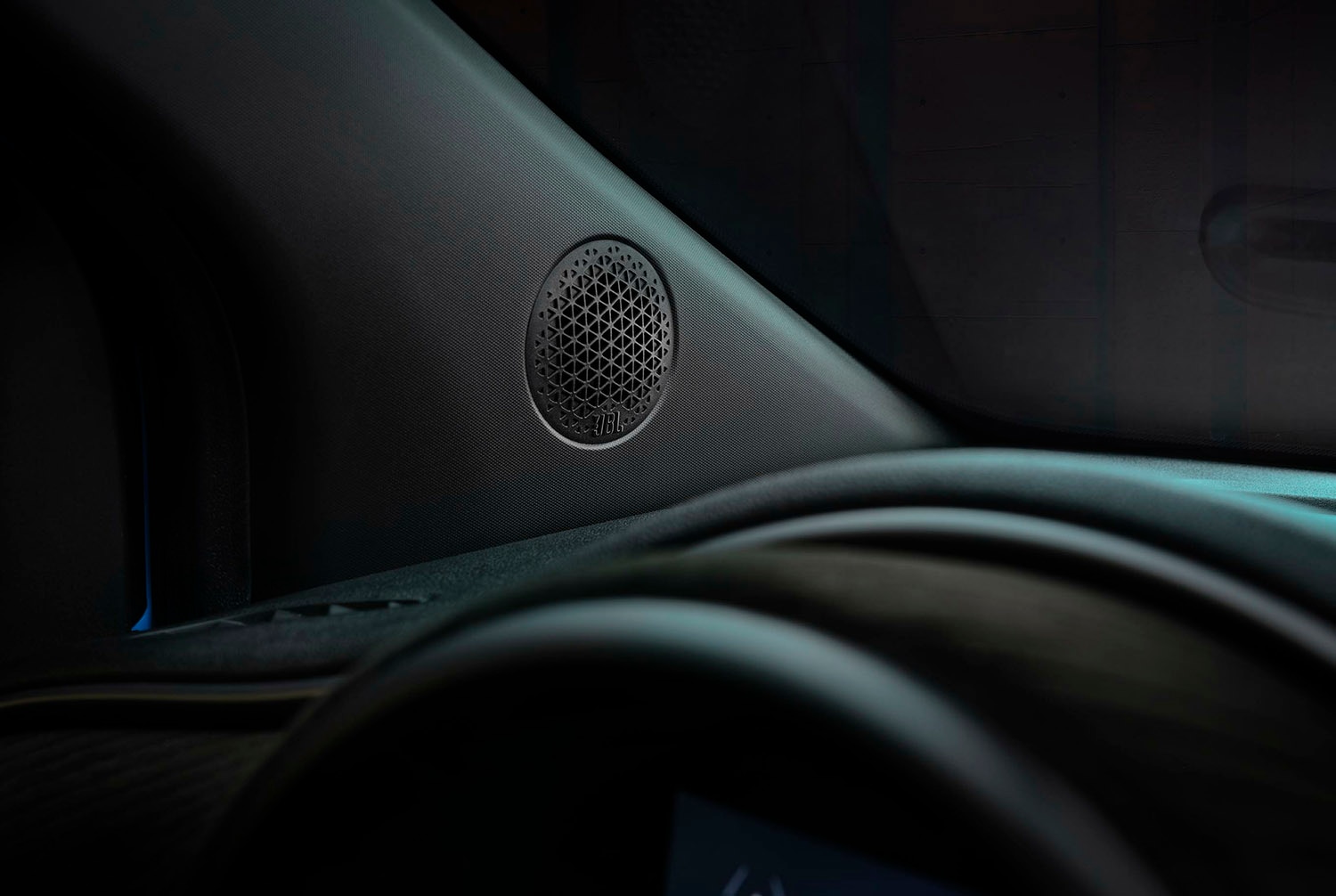How Automakers Design Car Audio Systems to Emulate Real Locations
Replicating a venue's acoustic properties in a car can be an involved process.
 Volvo
Volvo
If you want to experience the aural splendor of the Gothenburg Concert Hall, you can travel to Sweden — or buy a Volvo. The optional Bowers & Wilkins sound system fitted to some of the automaker's vehicles includes a mode named after the 88-year-old venue and seeks to reproduce its acoustics. Other carmakers offer similar building-mimicking car audio settings. Owners of Fiat's Europe-market electric 500, for instance, can listen to music on their commute and imagine they're at the Teatro Giuseppe Verdi (the Verdi opera house) in Italy.
To understand how automakers go about this, we spoke with Jeff Rehm, director of business development for software products at audio electronics company Harman International.
 Harman
Harman
The DNA of Car Sound Systems
Engineers generally design concert halls to deliver clear, immersive sound. Everything from the venue's size and shape to its seating layout to the smoothness of the walls influences the building's acoustics. This is why a composition can sound different in New York City's Carnegie Hall from the way it does in the Sydney Opera House — and why creating a mode intended to turn a car's cabin into a theater requires collecting a great deal of data.
To compile a venue's acoustic fingerprint, Harman uses a technique called finite impulse response analysis. As Rehm explained it, "[In the hall], we play a short sound (the impulse), listen to the echoes (the response), record and measure them, and perform some computation and analysis." From there, Rehm and his team "use patented methods to create a kind of 'vehicle transform' calculation that manages the necessary adaptations, customized and tuned to each vehicle."
 Volvo
Volvo
Scaling Down a Concert Hall Experience for a Car Audio Experience
That's easier said than done, of course. Unlike a concert hall, a car is a loud moving object and, as Rehm said, "[i]t has different geometry and materials than the original space, which add their own colorization to the sound."
One thing that can aid engineers is the fact that car seats are fixed. Knowing where passengers are going to sit helps facilitate the task of directing sound to the right locations.
Carmakers also consider sound quality early in a car's development process and, at least in Volvo's case, can tailor the car audio system to the model. For instance, some of the Swedish brand's vehicles, including the XC90, offer a fresh-air (rather than enclosed) subwoofer integrated into the body structure to enhance the sound quality without compromising interior space (as an enclosed unit might). And the automaker employs noise-canceling tech to combat mechanical whirring, wind interference, and the like.
 Harman
Harman
Same Car Audio Sounds, Different Roads
Consistency represents another challenge. Volvo's 19-speaker Bowers & Wilkins sound system needs to mimic the Gothenburg Concert Hall in dense Los Angeles traffic, on a twisty road in the Alps, and anywhere in between. So engineers fine-tune it by driving prototypes in a variety of environments. It's a lengthy process, but the demand is there. In fact, customer desire is gradually bringing high-end sound systems to cheaper models, as is the case with the aforementioned all-electric Fiat 500.
Written by humans.
Edited by humans.
 Ronan Glon
Ronan GlonRonan Glon is an American journalist and automotive historian based in France. He enjoys working on old cars and spending time outdoors seeking out his next project car.
Related articles
View more related articles